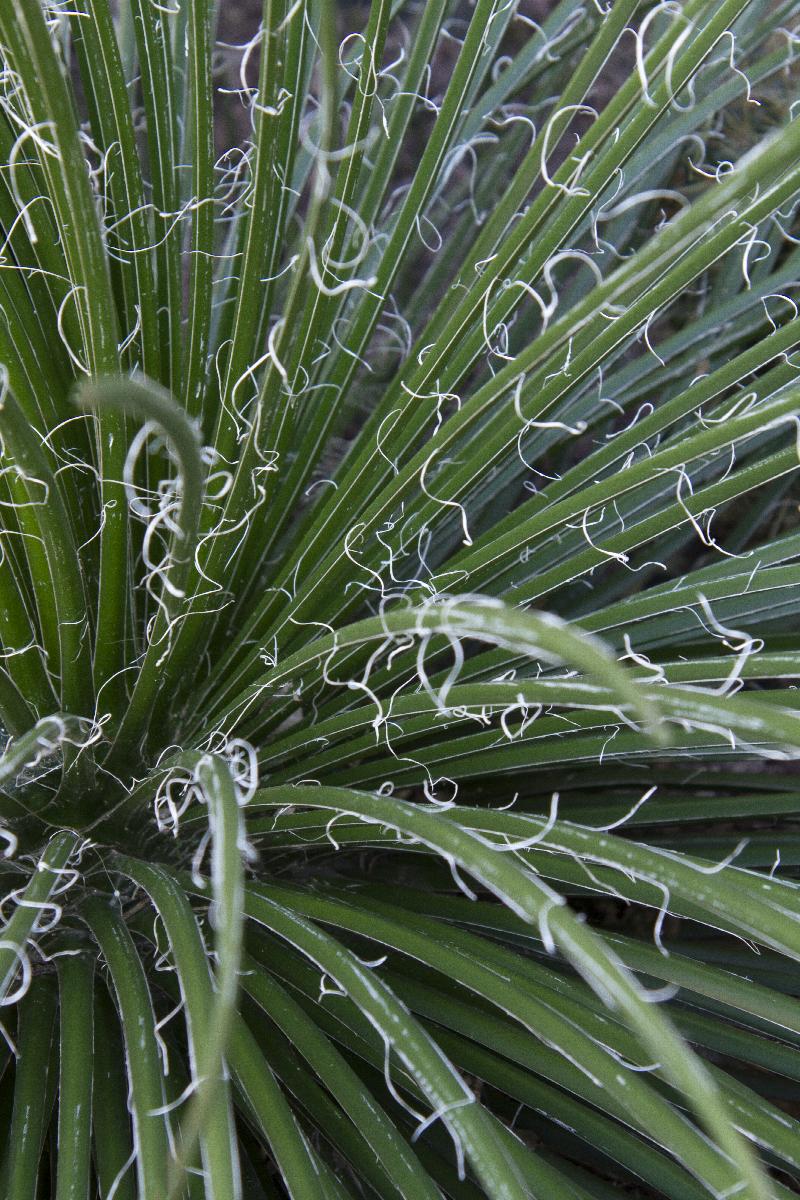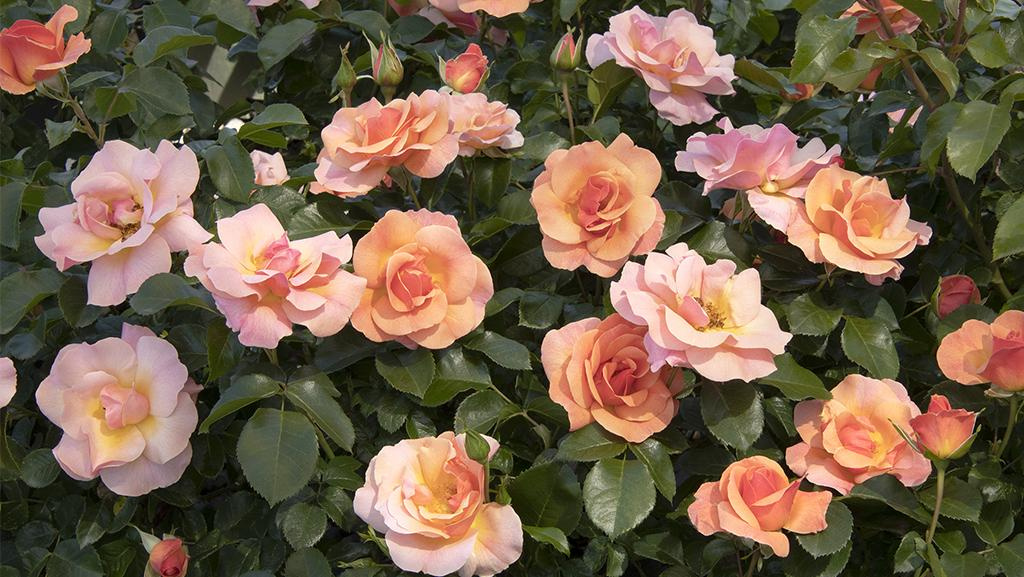Twin Flowered Agave
Agave geminiflora
Pronunciation: a-GAH-vee jem-in-ih-FLOR-uh
SKU #02161
| Description | A very symmetrical, compact rosette of narrow, sharply pointed, spine-free leaves. A single, majestic flower stem up to 12 feet tall appears when this slow grower reaches maturity, displaying masses of tiny yellow flowers. A striking specimen for small xeric gardens, rock gardens, or container plantings. Evergreen. |
|---|---|
| Light | Full sun |
| Watering | Water when soil is completely dry. |
| Blooms | Blooms once at maturity, 10 to 15 years. |
| Mature Size | Slow growing; foliage forms rosette 2 to 3 ft. tall and wide. |
| Deciduous/Evergreen | Evergreen |
|---|---|
| Special Features | Easy Care, North American Native Selection, Waterwise, Compact Form |
| Problems/Solutions | Coastal Exposure, Deer Resistant, Rabbit Resistant, Drought Tolerant |
| Growth Rate | Slow |
| Growth Habit | Rounded |
| Flower Attributes | Showy Flowers |
| Landscape Use | Container |
|---|---|
| Flower Color | Red |
| Foliage Color | Green |
| Care | Provide lean to average, well-drained soil. Thrives in full sun in cool coastal areas; shelter from harsh afternoon sun and reflected heat in hot summer areas. Drought tolerant once established, but looks best with periodic water in extreme heat. The mother plant declines after flowering; younger rosettes will perpetuate the plant. |
|---|
| Lore | The species name 'geminiflora' comes from the Latin word twin-flowered, referring to the yellow flowers that are arranged in pairs along the stem. |
|---|
This Plant's Growing Zones: 9-11

Your USDA Cold Hardiness Zone:
Your climate may be too cold for this plant
Buy Online
We cannot currently ship this product to your zip code.
Buy Locally
No Retailers found within 50 miles of your zipcode
About Us
We have been pioneers and craftsmen in the art of growing plants for nearly
100 years. Since our founding in Southern California by Harry E. Rosedale, Sr.
in 1926, we have been absolutely dedicated and obsessed with quality.
We have been pioneers and craftsmen in the art of growing plants for nearly 100 years. Since our founding in Southern California by Harry E. Rosedale, Sr. in 1926, we have been absolutely dedicated and obsessed with quality.

